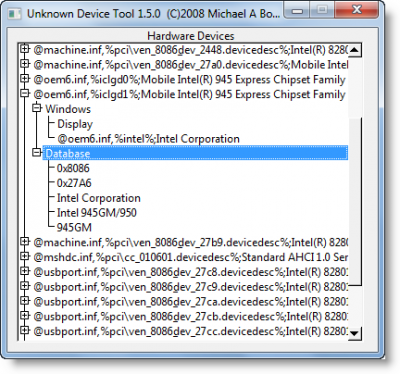

(Naturally, I wrote an article on this topic also. To take a quick look at what (and how many) Processes are running on your machine, open Task Manager and look at the Processes tab. My article on this for Vista machines is here:, and for XP (and older) machines, here. The place to start is taking a look at what programs and Services are set to load when Windows starts, and to “block” the ones you don’t really need to have running all the time (removing a program’s shortcut from your Startup folder does not remove the program). and this (usually) means that quite a few applications have sneaked into your Startup folder and, that you have all of Vista’s bells-and-whistles turned on. What they do indicate however, is that you have an awful lot of processes running. ‘Running low on virtual memory’ warnings are not a catastrophe, and needn’t cause undue alarm. (For more on virtual memory, and how it works, click here.) When you see this icon in the Notification Area (the part of your Taskbar by the clock) it is Vista’s way of telling you that your virtual memory is getting low. It looks sort of like a “Yield” sign on the highway.

:max_bytes(150000):strip_icc()/device-manager-windows-10-0e5f039545d84bf6badb37c21880b816.png)
Q: How can I make the yellow exclamation mark (in my Taskbar) go away?Ī: Actually, it is not a yellow exclamation mark (those appear in Device Manager) but a yellow triangle containing an exclamation point. Microsoft has confirmed that this is a problem in the Microsoft products that are listed in the "Applies to" section.I have received variations of the following question several times from readers lately: For more information about how to obtain this update rollup package, click the following article number to view the article in the Microsoft Knowledge Base:Ģ975719 August 2014 update rollup for Windows RT 8.1, Windows 8.1, and Windows Server 2012 R2 To resolve this issue, install update rollup 2975719. In this scenario, a yellow exclamation mark appears next to the USB device in Windows Device Manager, and the USB device does not work until you restart the computer. You unplug the USB 2.0 device a short time later. You plug a USB 2.0 device (such as a USB keyboard or a USB mouse) into a USB port. You have an AMD Kabini APU-based computer that is running Windows RT 8.1, Windows 8.1, or Windows Server 2012 R2. Windows Server 2012 R2 Datacenter Windows Server 2012 R2 Standard Windows Server 2012 R2 Essentials Windows Server 2012 R2 Foundation Windows 8.1 Enterprise Windows 8.1 Pro Windows 8.1 Windows RT 8.1 More.


 0 kommentar(er)
0 kommentar(er)
